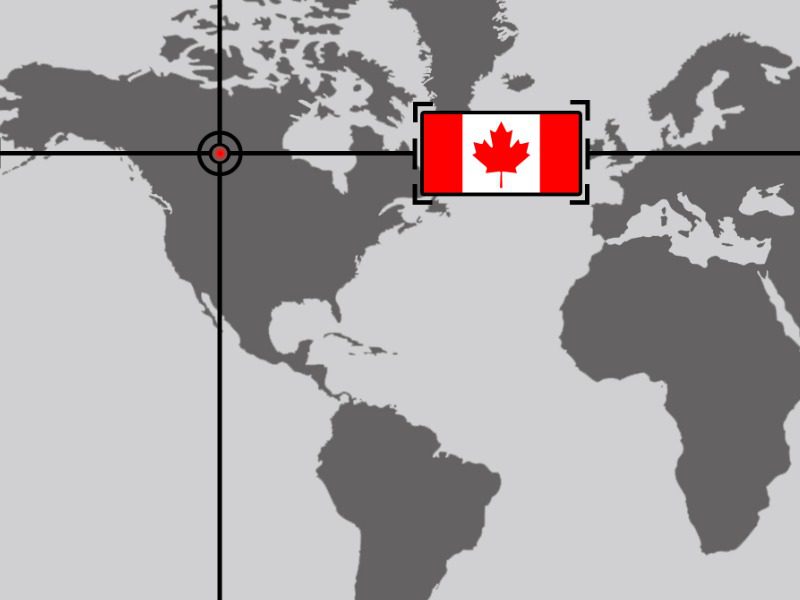Which peril might bankrupt the Canadian P&C industry?

Ottawa’s effort to build policy around flood risk in the face of climate change is important, but it overlooks a peril that could be far more catastrophic for Canadian P&C insurers, Alister Campbell, president and CEO of Property and Casualty Insurance Compensation Corporation’s (PACICC), wrote in June’s Policy Matters bulletin.
Back in March, Canada’s federal government committed $31.7 million over three years to protect households at high risk of flooding and without access to adequate insurance as part of its 2023 budget. “This would include offering reinsurance through a federal Crown corporation and a separate insurance subsidy program,” it said.
And while flood risk spurred by climate change is a serious and growing risk, Campbell said the government’s sole affirmation within the 2023 budget document to address a potentially existential financial risk to the industry – a massive earthquake in British Columbia or along the corridor connecting Quebec City, Montreal and Ottawa – is “buried deep in the text.”
Specifically, the budget document said: “In parallel [to the flood program], the Department of Finance and Public Safety Canada will engage with industry on solutions to earthquake insurance and other evolving climate-related insurance market challenges.”
The delay is concerning, given PACICC first raised the earthquake threat in a 2013 systemic risk study that examined potential ‘tipping points’ capable of creating losses large enough to tank the Canadian P&C system’s ability to protect policyholders. The other two identified mega-risks were an asteroid strike and space weather event.
PACICC’s findings were later supported by research from other think tanks, which led to an updated systemic risk model in 2016. “The industry and third-party analysts were fully aligned around both the size and scope of the problem, and the compelling need for a federal backstop mechanism of some form to help mitigate the [earthquake] risk,” wrote Campbell.
The federal government’s 2017 budget included a commitment to address the earthquake risk, but Campbell said there’s been no tangible progress since. PACICC’s updated 2021 systemic risk model placed the tipping point at which insurers would not be able to cover policyholders at approximately $35 billion in insured losses.
PACICC’s model didn’t see any other climate-related risks that held the same potential for systemic risk to the insurance industry as major earthquake, which could take place at any time.
“To be fair, there have been a few things (including a global pandemic) to distract the hard-working and capable team at Finance Canada from working through solutions to other tail-risk scenarios,” wrote Campbell. “But, reflecting on the now decade-long discussion, it does not feel unreasonable at this point to express some profound impatience. We simply cannot wait another decade.”
In response, PACICC’s staff has shared its frustrations about a 10-year failure to address quake risk with Ottawa. Plus, PACICC’s board has advocated scoping out a Plan B. Campbell promised more word on that this Fall.
Feature image by iStock.com/Kachura Oleg



